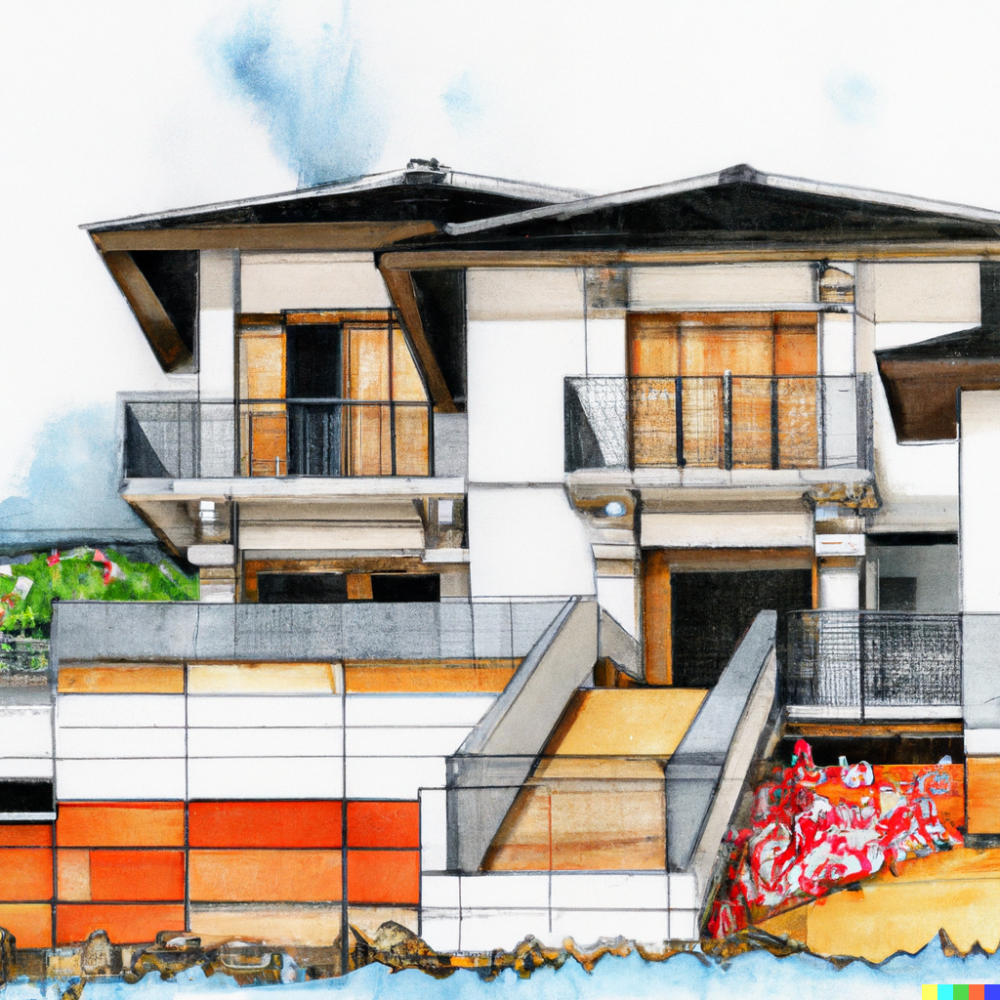Hawaii is a beautiful place that is known for its breathtaking natural scenery, vibrant culture, and warm, tropical climate. It is a place where people come to enjoy the sun, surf, and sand, and to experience the unique beauty of the islands. However, with a limited amount of land and strict zoning regulations, finding available space for development can be a challenge. This is where infill residential development (IRD) comes in.
What is Infill Residential Development?
Infill residential development is the process of developing properties in already established areas, such as urban or suburban neighborhoods, where there is limited available space for new construction. This type of development focuses on utilizing available space, maximizing the potential of each property, and creating functional and aesthetically pleasing homes that reflect the unique beauty and culture of Hawaii.
In Hawaii, properties that are zoned R (residential) are ideal for IRD, as they offer the opportunity to build new homes in already established neighborhoods. By building on these properties, developers can take advantage of existing infrastructure, such as water, sewer, and electricity, which can make the development process faster, easier, and more cost-effective.
Benefits of IRD in Hawaii
There are many benefits to IRD in Hawaii, including:
- Maximizing the Potential of Each Property – By developing these types of projects, developers can maximize the floor area ratio (FAR) of each property, creating more living space without taking up additional land.
- Creating Additional Rental Income – ADUs can be an excellent source of rental income, which can be especially beneficial in a place like Hawaii where the cost of living is high.
- Multigenerational Living – ADUs can also be used for multigenerational living, where families can live together while maintaining their privacy.
- Home Offices – ADUs can be used as home offices, providing a separate and quiet workspace for those who work from home.
- Investment Properties – ADUs can also be used as investment properties, providing a way for investors to earn passive income.
- Preservation of Open Space – By developing infill projects, developers can help preserve open space and prevent the need for new development in previously undeveloped areas.
Challenges of Residential Development in Hawaii
While there are many benefits to infill residential development in Hawaii, there are also some challenges that developers may face. These challenges include:
- Zoning Regulations – Hawaii has strict zoning regulations, which can make it challenging to develop properties in some areas.
- Limited Available Space – With a limited amount of land available for development, finding suitable properties for infill development can be a challenge.
- Environmental Concerns – Hawaii is home to many unique and sensitive ecosystems, which can make it challenging to develop properties without damaging the environment.
- Cost – Developing infill projects can be more expensive than developing new properties in previously undeveloped areas.
Conclusion
Infill residential development offers a unique opportunity to maximize the potential of existing properties in already established neighborhoods. With a focus on functional and aesthetically pleasing homes that reflect the unique beauty and culture of Hawaii, infill residential development can provide many benefits, including additional rental income, multigenerational living, and investment properties. While there are some challenges to infill residential development in Hawaii, the benefits can be significant, making it a worthwhile investment for serious investors, property owners, and contractors.
 Copyright secured by Digiprove
Copyright secured by Digiprove 
